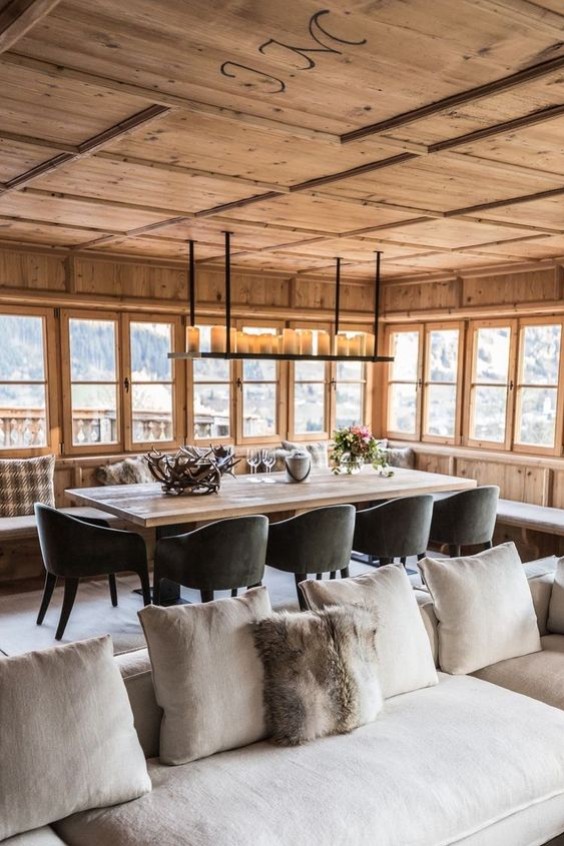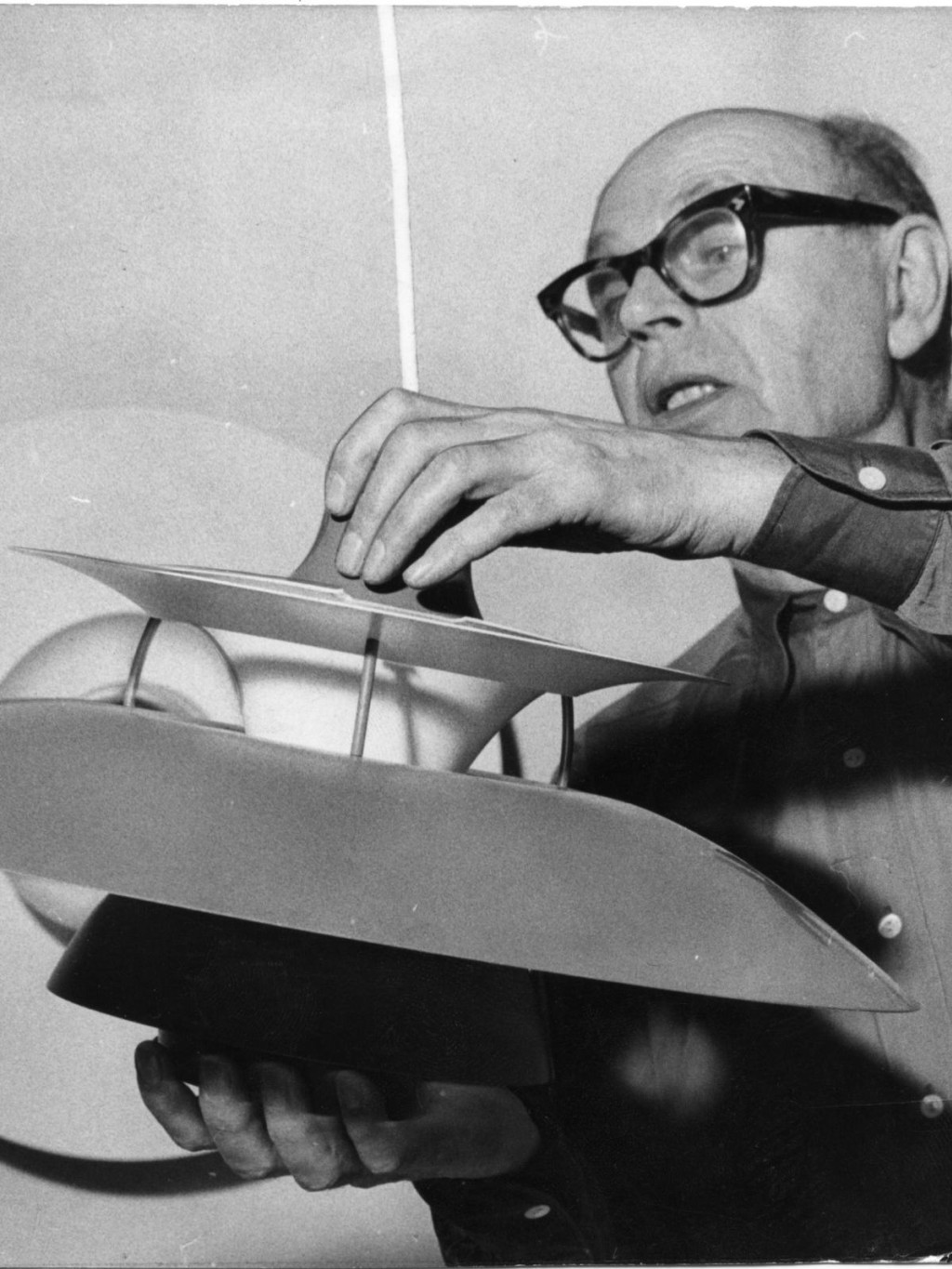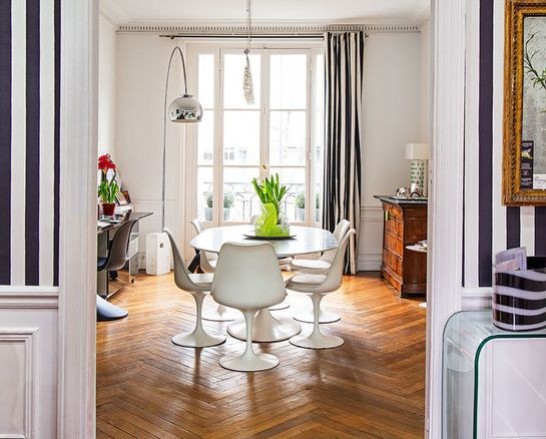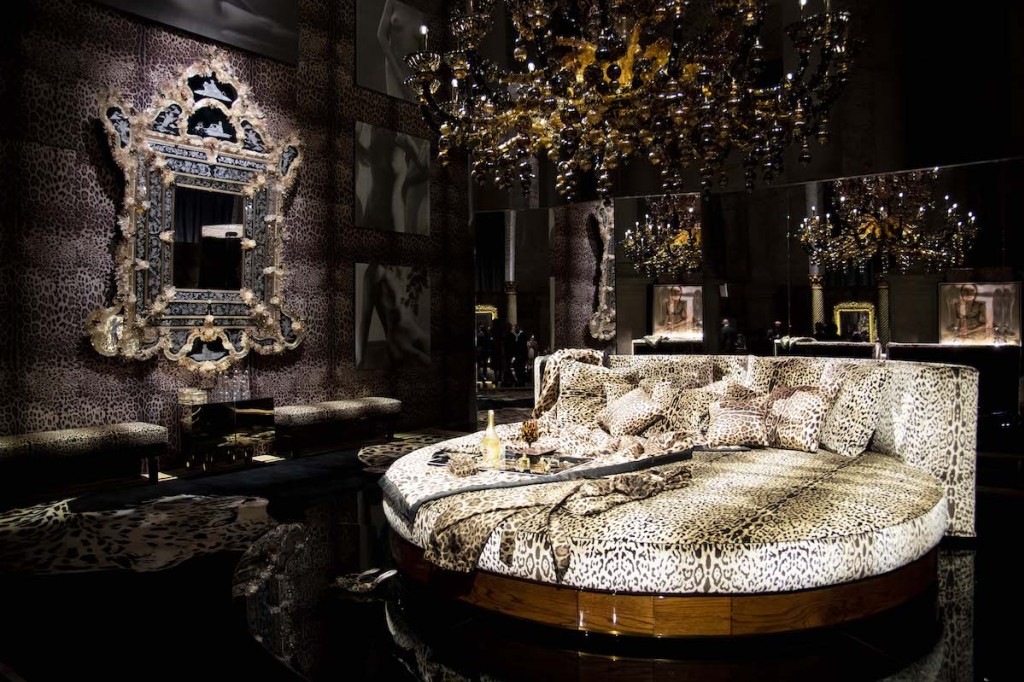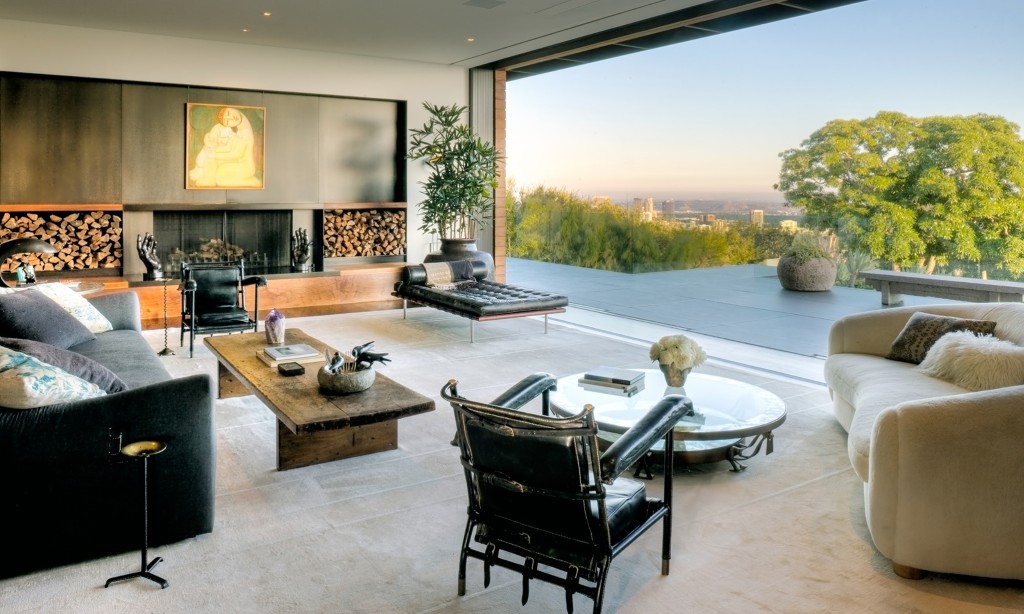For baby boomers and their children, the rattan seat often evokes a memory of early childhood. Often used as outdoor furniture in homes, it recalls afternoons spent in the garden with family, friends, or even vacations at the sea... If rattan is a material that has experienced an exponential boom in the 60s and 70s, it was already, in the Belle Époque, a material synonymous with chic and elegance. Who still remembers Coco Chanel having tea in a rattan outfit? A look back at a timeless decorating material that regularly comes back into fashion!

Typical 1970s rattan lounge.
The first Europeans to import rattan from their distant colonies were the Dutch and British. Towards the end of the 17th century, London became the hub for the import of "exotic" chairs. It was not until the mid-19th century that rattan acquired its letters of nobility, becoming a prominent accessory in European bourgeois salons.
Under the Second Empire, rattan became an element of garden furniture and was also used for interior decoration. Seats and benches executed in rattan imitated the styles of Louis XV, Louis XVI, and adopted the roundness of the Napoleon III style. Rattan then became very trendy during the Belle Époque in aristocratic circles, before starting a career (still ongoing!) on the terraces of Parisian bistros and cafés. In France, the house of Louis Drucker popularized the rattan bistro chair with the Jacquart weave.

Grange of bistro chairs made by the Maison Louis Drucker. Founded in 1885, the company still exists and continues to produce rattan furniture.
The Art Nouveau style, a pure product of the Belle Époque, influenced rattan seating, which was produced with rounding and detail. Rattan manufacturers discovered and used the malleability of this palm vine from the rotang tree. Rattan seats are displayed in the winter lounges of Parisian establishments as well as on café terraces. Chic, rattan furniture seduces: the English House Dryad makes the chairs of the Parisian café Titanic with. In addition to the House of Louis Drucker, which specializes in the supply of rattan seats for cafes, the Manufacture Perret and Vibert, which becomes "La Maison des Bambous", designs rattan chairs of very fine workmanship.

Antique Belle Époque style rattan armchair.

Photocredit: Deco Stock
Antique Rattan Armchair Belle Époque style.

Antique Belle Époque style rattan armchair.

Rattan basketry by the House of Perret and Vibert, circa 1880. The style of the manufacture is identifiable in the rattan braiding, the x-braces, and the shape of the backs and the care taken with the basketry decoration.
Photo credit: Galerie Vauclair

Beautiful rattan cane seat by the House of Perret and Vibert, circa 1880. The piece is made of rattan and rattan cane lacquered in several colors, the upper part is covered with a removable zinc planter.
Photo credit: Canavese Gallery

Magnificent rattan ring-seat by Maison Perret et Vibert, circa 1880, detail.
Photo credit: Canavese Gallery
During the interwar years, rattan remained popular. The shapes of the seats evolved with the design of the time, from Art Nouveau to Art Deco, marked by more geometric lines and more discreet ornamentation. One of the great classics of the period, the bridge chair with its horizontal openwork arms is dressed in rattan, most often with a woven back, sometimes with ajours.

Vintage Art Deco Wood and Rattan Armchair, 1920s.
Left: Elements of an Art Deco-style rattan living room, circa 1920. A style with already more geometric shapes.
Right: Elements of an Art Deco style rattan living room, table, circa 1920.
How do we explain the success of rattan? First, let's clarify that the word "rattan" comes from the distortion of the Malay word rotang, a type of palm tree from which it originated. Under the Second Empire, the fashion is the exotic style, which explains its arrival and its gradual standardization in the living rooms. Then, manufacturers specialized in the art of basketry will gradually work the material to stick to the style of different times. They make furniture with braided and stained patterns and, gradually, the models become more sophisticated, displaying ornaments in the form of rosettes and braces.
Rattan, not to be confused with wicker and bamboo, has several advantages: the palm tree whose stems provide rattan, rotang, grows quickly, the material proves to be robust and above all flexible, that is, ideal for designing elegant shapes. Finally, it is resistant to pests.
In the aftermath of World War II, rattan fell into disuse, competed with by the arrival of new materials such as fiberglass or the mastery of techniques on wood (molding and bending of plywood). However, while it was thought to be forgotten, some designers are interested in rattan, and revisit it in their own way. Joseph-André Motte, Franco Albini, Nanna Ditzel and Dirk Van Sliedregt are working on it. But it's a couple who are truly restoring rattan to its former glory: Janine Abraham and Dirk Jan Rol.

Pair of "Tripod" chairs, Joseph-André Motte design, 1949. The base is made of wood with steel knots.
Photo credit: Art Curial

Pair of "Margueritte" chairs, design by Franco Albini for publisher Vittorio Bonacina.
Photo credit: Jasper Maison

Hanging Egg Chair, Nanna Ditzel design, 1950.

Set of 2 vintage rattan chairs, Dirk Van Sliedregt design, 1960s. The steel legs are symptomatic of the evolution to a black lacquered metal base.
Janine Abraham, a native of Cantal, and Dirk Jan Rol, of Dutch descent, met at the office of architect and decorator Jacques Dumond in the 1950s. They lived and worked together. In 1957, they founded their agency and were noticed for the creation of the Citron armchair. 1 year later, they achieve notoriety with a piece that has become a classic of rattan design: the Soleil armchair. The latter, recognized for its bold lines, allows them to receive a gold medal at the XII Triennale in Milan in 1960.

"Lemon" chair contemporary edition OXYO, design Janine Abraham and Dirk Jan Rol, 1957. Natural rattan structure and rattan bark links. Lacquered stainless steel legs.

Pair of "Sun" Rattan Armchairs, 1950s, design by Janine Abraham and Dirk Jan Rol.
Left: Rattan chair with lacquered metal supports and fabric cushion. Design Janine Abraham and Dirk Jan Rol, produced in Holland, circa 1950.
Right: Lounge chair, design Janine Abraham and Dirk Jan Rol, bamboo, rattan and black lacquered steel, circa 1958.
In the 1960s and 1970s, rattan experienced a second golden age. Technology evolved, weaving was replaced, and the use of unbarked rattan became widespread. The "nets" of rattan, thin rods fixed on the structure, allow to accelerate the production rate. The pieces are light, open-worked and yet still very robust. The style is sleeker, the seat rests on a tubular steel base in black lacquered metal.
Since then, rattan has been coming back into fashion regularly and major manufacturers no longer hesitate to call on designers. For example, the Dutch company KOK, which has been present in France for three generations, calls on young talents. The house Louis Drucker solicits Philippe Starck or André Putman. In 2016, the highly sought-after Spanish designer Jaime Hayón received the German Design Award in the "best product design" category for his rattan armchair "Frames". Indestructible and timeless rattan!
Left: BÔA rattan sofa for Orchid Edition, design by Maxence Boisseau and Nelson Alves of AT-ONCE studio. Natural varnished rattan frame, side and back panels in open cane. Orchid Edition is the publishing house of the manufacturer KOK specialized in high-end rattan furniture.
Right: MIGLIORE beige SILLON chair for Orchid Edition, design Guillaume Delvigne. Natural varnished rattan structure.
Left: Grenelle armchair for the Café de l'Alma, design by François Champsaur for Maison Louis Drucker.
Right: Royal Monceau armchair, design Philippe Starck for Maison Louis Drucker.

"Frames" rattan armchair with arms, design Jaime Hayón for Iberian publisher Expormim, 2014.
Photo credit: Archi Product
François Boutard









